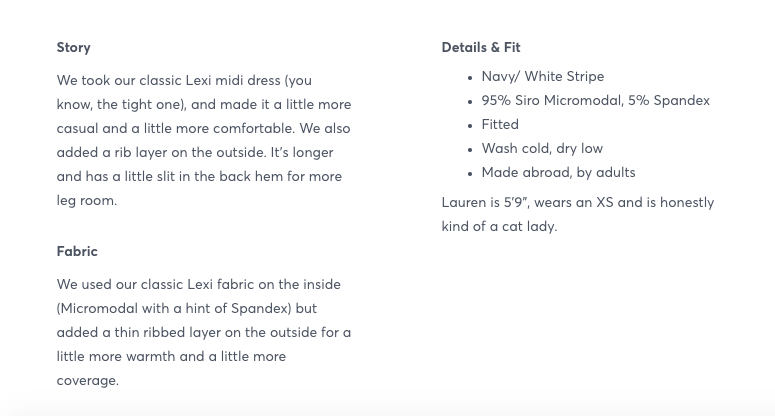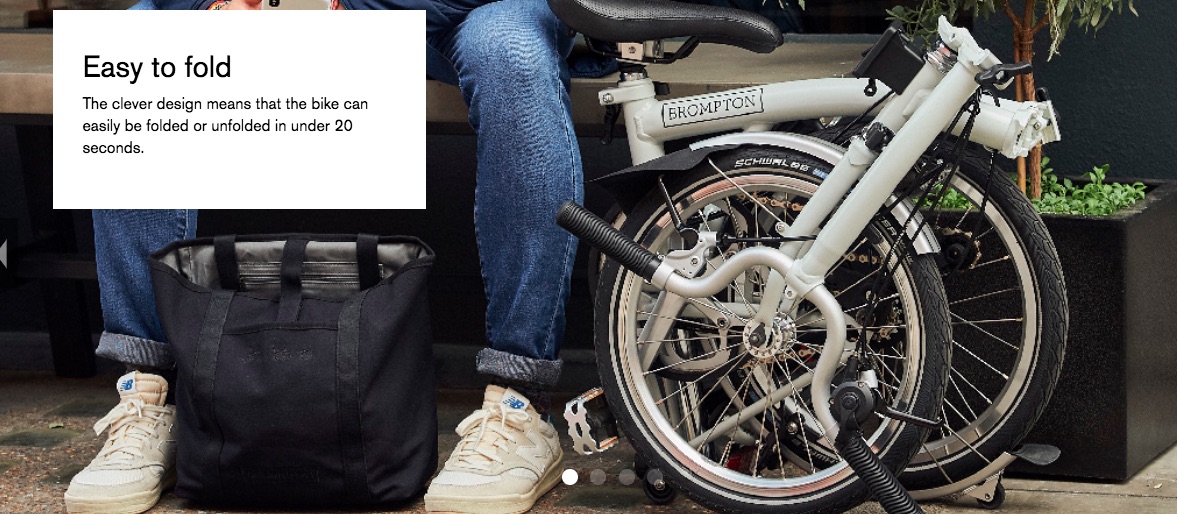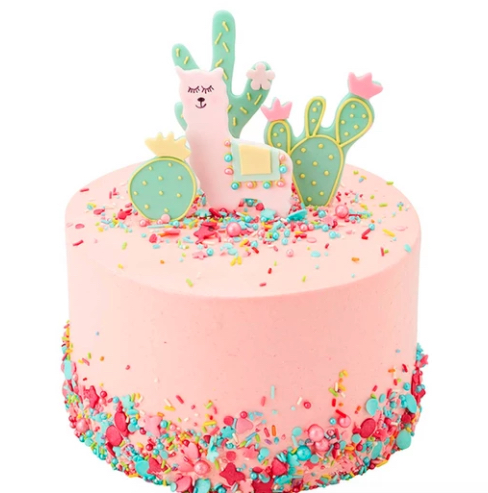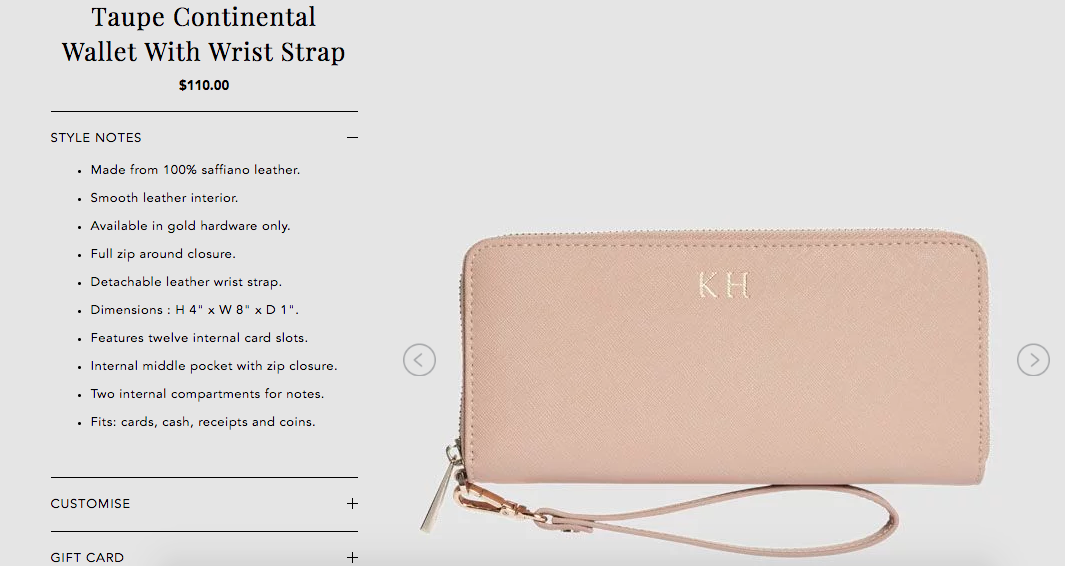
Everyone knows the importance of good product photos on your website, but when it comes to finalizing a sale and getting customers to press the “buy” button, words become equally important in giving context to your images and pushing customers to buy. This is where writing a product description comes in.
You need to show and tell to make a sale.
Fortunately, you don’t need to be a professional writer to write a great product description. You just need a thorough knowledge of your product and your customer.
These nine steps will show you how to write product descriptions that resonate with shoppers and their wallets.
How to write product descriptions that sell
- Start with your buyer persona
- Share the product benefits
- Include details that enhance photos
- Write for the senses
- Tell a story
- Use adjectives cautiously
- Provide social proof
- Break up text
- Don’t forget keywords
1. Start with your buyer persona
When you write a product description, you need to know who will be reading it.
Think about your target customer. Imagine you’re chatting casually with them. Or picture yourself standing next to them in a store, telling them about a product. How would the conversation go?
Think about the following questions when you create your buyer persona:
- What are their interests and preferences?
- What type of person are they?
- Do they appreciate humor or are they more serious?
- Why do they go to your store?
- What are their pain points or challenges?
- What are their aspirations?
Use that language and tone in your product description to relate to the buyer. Choose words and phrases your customers would use. Marine Layer’s target customer is someone who embraces an easy but active lifestyle and wants casual clothing that’s both stylish and casual.


As you can see from the product description above, their copy uses contractions and humor, which makes the tone of voice sound conversational and relaxed.
Aligning your product description to your brand tone will ensure your copy and brand image is consistent across all sections of your website.
2. Share the product benefits
A common mistake is to only focus on features when you’re writing a product description. While it’s important to show features, it’s equally important to connect them to the product’s actual benefits.
What’s the difference between a product feature and a benefit?
A feature is a factual statement about a product (like what materials it’s made of or how much it weighs), while a benefit is an experience or perk that the product delivers.
A benefit is the real motivation behind the purchase. This could be things like the materials used to make the product long-lasting or its lightweight making it breathable and comfortable.
Feature: Made of a linen blend.
Benefit: Breathable and perfect for hot weather.
Ask yourself these questions to discover your product’s benefit:
- What’s in it for the customer?
- How will the product make their life better?
- What problem does this product solve?
Consider the experience that your product delivers and describe it. A buyer isn’t interested in mundane details; they want to know what happens when they purchase it. By using descriptive words prospective customers will be able to visualize and clearly understand the benefits.
Lightspeed customer Brompton sells bikes that fold. It shares one of its biggest benefits—compact, convenient transportation—in a call-out box on a product photo. Clearly stating and highlighting your benefits will make sure customers understand your product’s value proposition.

3. Include details that enhance photos
Sometimes, just looking at the pictures of a product online can leave you with many questions. Product descriptions should clarify any ambiguity that the photos may present.
A good example is how clothing sellers that use models in their photos should include the height and clothing size of the model. This gives you a better idea of how the clothing will fit you.
Details to include in a product description:
- Features: size, weight, materials, ingredients and any other pertinent information about the product components.
- Benefits
- Certifications
Lightspeed customer Peggy Porschen offers information about the size of the cakes photographed on its website as well as details of other items that will be included, such as a silver cake board.


Using visuals and copy together helps shoppers get a more complete understanding of what they’re buying and prevents any potential misunderstandings, disappointments or even negative store reviews after a purchase.
4. Write for the senses
Since online shoppers can’t touch the products, your product description needs to speak to their senses.
Describe how the product feels, smells, sounds and tastes. Your job is to help the shopper imagine that they’re holding the product in their hands. This might require using more specific words instead of general terms. Describing a blanket as being soft might be a bit general, but saying it’s “velvety” or “feathery” elicits an image that goes beyond “soft”.
If you sell food, avoid generic terms like “delicious”, since this term could mean different things to different people. Chocolate, for example, could be “silky” or “bold.”
It’s your time to expand your vocabulary, get descriptive and bring out the wordsmith in you!
5. Tell a story
Everyone loves a good story. Your description is your one chance to help your reader imagine what it would be like to own your product.
Your company’s content marketing and copywriting should be part of your overall storyline. Your product description is a key part of it.
First, provide them with context. Use the benefits you identified and describe how the customer will feel by owning and using your product. Stories help appeal to the customer’s emotions, and emotions sell products.
Another way to connect the shopper to the item they’re viewing is to tell the story of the product itself. How and where was it made? Is there anything special about it that someone wouldn’t know by simply looking at it? Give your customer the story behind the product.
For example, Todd Snyder, a luxury menswear brand and Lightspeed customer, uses details about the origin of the materials of a sweater to help shoppers experience the product before they’ve made their purchase.

6. Use adjectives cautiously
It’s tempting to go crazy with adjectives because you think your product is “excellent” and “the best,” but adjectives that aren’t supported with real information make buyers skeptical.
Here are some words to avoid, according to the marketing experts at Wishpond:
- Unique
- Revolutionary
- Innovative
- Popular
- Best in Class
Instead, choose adjectives that describe attributes and benefits (like the ones that you write for the senses). If your product really is the best, provide proof, preferably from a third-party source, such as an award or customer review.
7. Provide social proof
When it comes to new shoppers, you have to gain their trust before you gain their business. With every click on your website, shoppers are looking for signs that you’re trustworthy.
How can you gain their trust? A great way to do that is through online reviews. 78% of consumers trust online reviews as much as a personal recommendation.
Provide them with a sense of security by adding social proof such as product reviews. If your product won an award, mention that. If it was featured in the press, add an excerpt from the review. Or use a quote from a customer. Photos that show someone using the product in photos can also add credibility.
Any proof or external validation you can provide potential customers will get you one step closer to getting your next sale.
8. Break up text
While it may be tempting to include a lot of copy, it’s possible to overload a customer.
Choose your words wisely and be concise when describing the benefits and telling the story. Then break down details and features using bullet points.
A page with white space is easy to scan and read. Don’t forget to choose a font and type size that is easily readable.
The Daily Edited, a boutique that sells monogrammed items, uses a simple typestyle and bullets to make its product pages clean and inviting.

9. Don’t forget keywords
Last, but most definitely not least: optimize your product descriptions for search engines by using keywords in your descriptions that a customer might use to find you. This can help boost your ranking as well as your sales.
By incorporating relevant keywords to your product’s descriptions you’ll increase the probabilities of being found in search engine results pages. It’s important to use keywords in your descriptions and also include them in your page titles, meta descriptions and alt image tags.
But how do you decide which keywords to use?
When deciding on appropriate keywords for your product description, consider metrics like:
- Keyword volume: The search volume for a specific keyword.
- Similar keywords: As the name suggests, these are the keywords that resemble your selected keyword.
- Keyword competition score: How hard it is to rank for that keyword in search engines like Google.
Thankfully, there are plenty of tools that can help you to find out which keywords to incorporate. Tools like SEMrush, Ahrefs and Moz, are great websites to research and find the keyword that’s right for you.
Write descriptions that sell
The customer experience is increasingly important, according to HubSpot. Having an online store shouldn’t deter you from connecting with your customers and providing them with the best experience.
Words matter. Giving your potential customers a first impression that clicks will be the difference between a purchase or a lost customer.
Online retailers must optimize their websites to connect with shoppers. By keeping your shopper, their desires and pain points in mind, you’ll know how to write product descriptions that sell.
It’s time to find a comfy chair and get writing!

News you care about. Tips you can use.
Everything your business needs to grow, delivered straight to your inbox.



